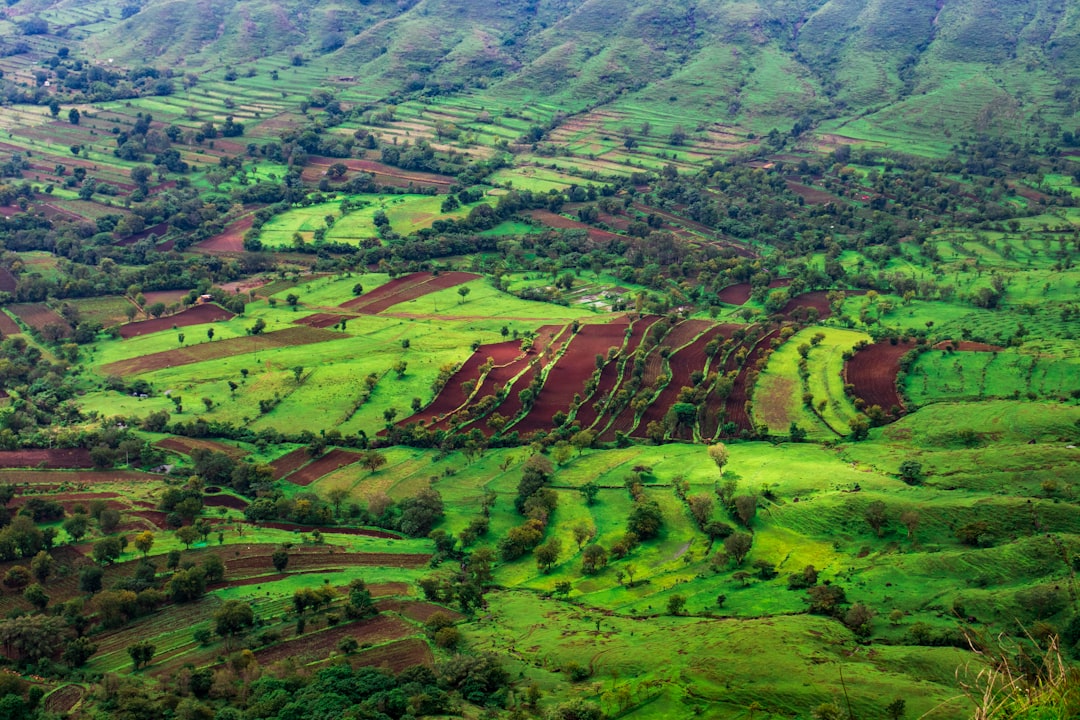Agriculture Department Allocates 2 2 — here’s what’s new, why it matters, and what to watch next.
Agriculture Department Allocates $2.2 Million for Reforestation Initiatives
The U.S. Department of Agriculture (USDA) has recently earmarked $2.2 million to bolster reforestation efforts across various regions, a move aimed at combating climate change and promoting biodiversity. This funding comes at a critical juncture as environmental concerns continue to escalate, prompting government agencies to take more proactive measures in preserving natural resources.
At a Glance
- Funding Amount: $2.2 million
- Purpose: Support reforestation efforts
- Agency: U.S. Department of Agriculture (USDA)
- Focus Areas: Climate change mitigation, biodiversity enhancement, and soil health improvement
- 2014: The USDA launched its first comprehensive strategy for climate change adaptation, focusing on resilient agricultural systems.
- 2018: The introduction of the “Forest Action Plan” aimed at enhancing forest management practices nationwide.
- 2020: The USDA committed to planting an additional 1 billion trees by 2030 as part of its broader climate strategy.
- Implementation Plans: Details on how the funds will be distributed among local organizations and the criteria for project selection will be released in the upcoming months.
- Monitoring Progress: The USDA will likely establish metrics to assess the success of funded projects in terms of tree survival rates, biodiversity improvements, and carbon sequestration.
- Community Engagement: Watch for announcements related to public meetings or forums where community members can provide input on reforestation strategies.
Background & Timeline
The USDA has been increasingly involved in environmental sustainability initiatives over the past decade. With the threat of climate change looming larger, the department has taken strides to adapt agricultural practices and promote ecological stability.
Key Milestones in USDA’s Environmental Initiatives:
In 2021, the USDA collaborated with various state and local organizations to assess the health of U.S. forests, leading to a renewed commitment to reforestation efforts. The recent allocation of $2.2 million is seen as a continuation of this trajectory, with a specific focus on areas that have suffered from deforestation and habitat loss.
What’s New
The announcement regarding the $2.2 million allocation was made in late September 2025, during a press briefing that highlighted the importance of reforestation as a tool for environmental resilience. According to USDA Secretary Tom Vilsack, the funding will be directed toward local and regional partnerships aimed at enhancing reforestation efforts.
> “Reforestation is not just about planting trees; it’s about restoring ecosystems and improving air and water quality,” said Secretary Vilsack. “This funding will enable us to work closely with communities to ensure that we are planting the right trees in the right places.”
The program will specifically target areas devastated by wildfires, pests, and climate-related impacts, emphasizing the need for a science-based approach to tree planting. Local partnerships will be crucial in determining which species are most suitable for replanting in various ecosystems, ensuring a diverse and resilient forest structure.
Why It Matters
The significance of reforestation cannot be overstated. Trees play a vital role in reducing carbon emissions, improving air quality, and providing habitats for countless species. With deforestation rates continuing to rise globally, the USDA’s investment is a strategic move designed to mitigate some of the adverse effects of climate change.
Moreover, reforestation efforts can lead to numerous socio-economic benefits, including job creation in rural areas, increased tourism, and improved agricultural productivity due to enhanced soil health. The funding is expected to create more than 300 jobs in tree planting and maintenance, further invigorating local economies.
Broader Implications
Experts emphasize that reforestation must be part of a larger strategy to achieve sustainable land management. This initiative is aligned with global goals, such as the United Nations’ Decade on Ecosystem Restoration, which aims to restore 350 million hectares of degraded land by 2030.
What to Watch Next
As the USDA moves forward with these allocations, several key developments are expected:
FAQ
1. What type of projects will receive funding?
The funding will support local and regional projects aimed at reforesting areas impacted by deforestation, wildfires, and other ecological disturbances, focusing on the restoration of native species and ecosystems.
2. How will this funding impact local economies?
The initiative is expected to create jobs in tree planting and maintenance, providing a boost to rural economies while promoting environmental sustainability.
3. What role do local communities play in this initiative?
Local communities will be vital in planning and executing reforestation projects, ensuring that the right species are planted in appropriate locations, tailored to specific ecosystem needs.
4. How does reforestation help combat climate change?
Reforestation helps sequester carbon dioxide from the atmosphere, which can mitigate the effects of climate change. Trees also improve air quality and enhance biodiversity, further contributing to ecological health.
5. What are the long-term goals of the USDA regarding reforestation?
The USDA aims to promote resilient ecosystems through sustainable reforestation practices, contributing to national and global efforts to combat climate change and restore degraded lands.
6. When can we expect to see results from this funding?
Results will vary by project, but the USDA plans to implement monitoring practices to assess the impact of reforestation efforts over the coming years, with initial outcomes likely visible within three to five years.
Takeaways
The USDA’s allocation of $2.2 million for reforestation is a significant step towards not only enhancing the ecological health of the United States but also fostering economic opportunities in rural areas. With a focus on local partnerships and scientific approaches to tree planting, this initiative has the potential to create lasting benefits for both the environment and communities across the nation.
As the world continues to grapple with climate change, such proactive measures from government agencies are essential in paving the way for a sustainable future. The coming months will reveal how effectively these funds are utilized and the tangible benefits they bring to both ecosystems and economies.
—
Sources & Credits: Reporting synthesized from multiple reputable outlets and official releases.
Read our related coverage for more on Agriculture Department Allocates 2 2.
For context and confirmations, see reputable wires like Reuters or AP News.
Source: Original Source. Reporting synthesized from multiple reputable outlets and official releases.
For deeper analysis on Agriculture Department Allocates 2 2, explore more reports and explainers on Insurance Rate Expert.













